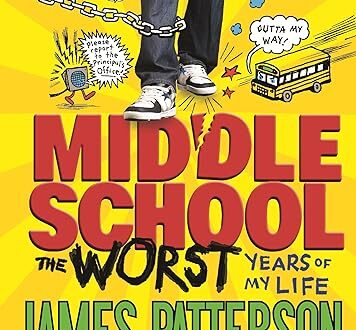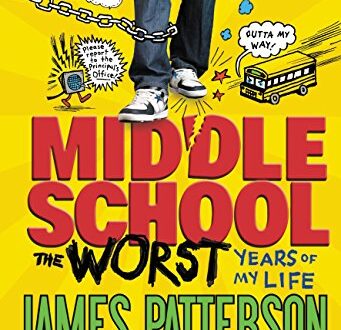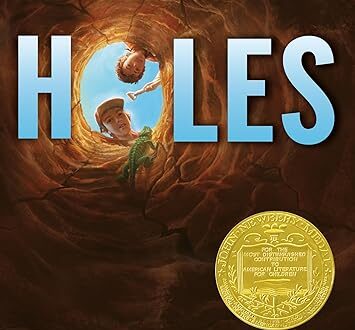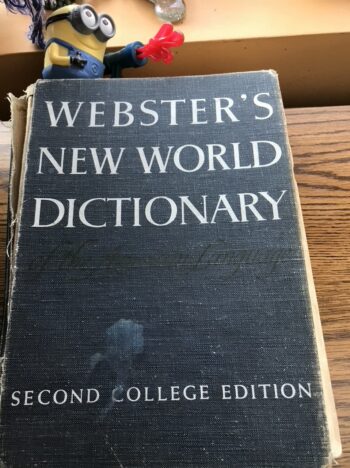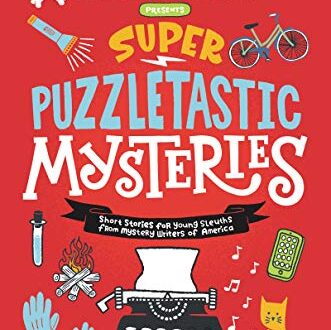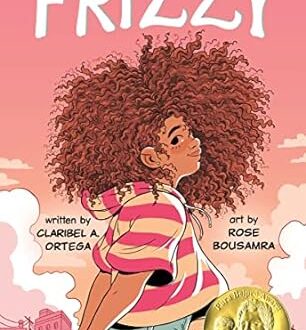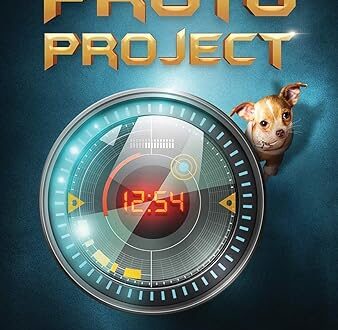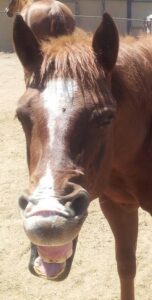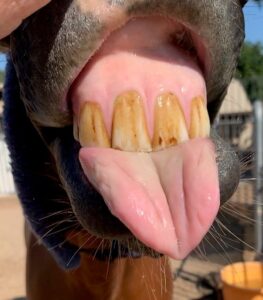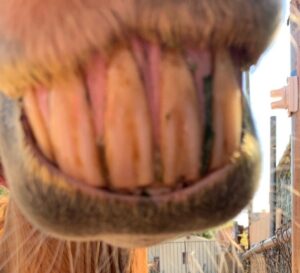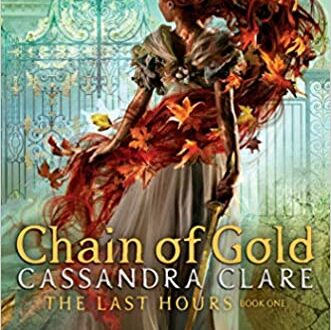Learning
-
Rocks
Rocks. They are everywhere. Very, very small ones that make up pebbles and dirt. Medium-sized ones that fit in your hand. Big rocks a stonemason can make walls out of. And huge rocks, like boulders and whole mountains.
Geologists are scientists who study the earth (geo), including volcanos, earthquakes, and rocks.
According to them, all rocks fall into three categories. These categories are igneous, metamorphic, and sedimentary. These are three words I think are fun to say. And here are their definitions:
Igneous rocks are formed inside volcanos. The heat is so intense, rock melts and starts to ooze and flow out of the top of these volcanos. Once they are out, they start to cool off and harden. Igneous rocks are the cooled and solidified result.
Metamorphic rocks are igneous rocks that start to change under pressure, heat, and sometimes chemical processes, usually while they are buried deep under the Earth’s surface. They alter or change from simple harden, molten rocks.
The third kind of rock is called sedimentary. The earth is changing all the time. It rains, it snows and freezes, winds blow, and earthquakes shake things up. All this activity affects the rocks and dirt. Rain pounds down on mountains and huge rocks are loosened, small rocks are sent tumbling, and small bits of sand and dirt get washed down rivers into the ocean where it settles to the bottom. After millions of years of layers and layers of dirt and rocks pressing down change the composition of the dirt. It gets pressed into a new kind of rock—sedimentary, which means it is made from sediments, or leftover bits of rocks.
Look around when you are outside. Can you spot each different kind of rock? I found these three in the wall outside my house.
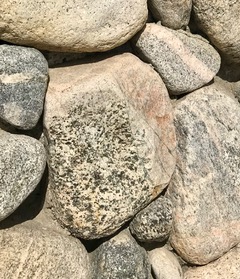
-
Why are those horses blindfolded?
“I’m worried about the horses in a pasture near me. They’re blindfolded and I’m afraid they’re going to get hurt.”
Every Spring my friend, who works for an animal services department, receives complaints like this!
Do you know what these “blindfolds” really are?
Good job if you know these are actually fly masks, and they don’t impair a horse’s vision. In fact, they protect horses. The masks are made of see-through mesh that protects horses’ face, ears and eyes from flies, insects, and bugs as well as dust and debris in the air and twigs or branches that might otherwise poke them in their eyes.
Fly masks also protect wounds on horses’ heads. Our seven-year old gelding scraped a large spot of hair and skin off his forehead. We doctored his wound and put the fly mask on, protecting him from flies that would otherwise have a party on that wound. Flies are crazy like that.
Have you ever put a fly mask over your own face? I have, and it’s just like looking out your screen door or window screen. Of course my neighbor wanted to know why I was wearing one!
My horses love their fly masks. The minute they see their masks in my hand they lower their heads and stick their noses forward so all I need to do is make sure the opening for their ears is in the right place and then I fasten the Velcro straps.
We always make sure their eyes and faces are clean first, and we make sure to keep their fly masks clean.
Fly masks come in many fun and colorful styles, including coverage for horses’ ears, some have nose fringe, UV protection and longer nose pieces to prevent sunburn. There’s quite a bit more information on the internet about fly masks and their many uses. Just don’t let your neighbor catch you testing one out by wearing it, because take it from me, it might be hard to explain!
-
Crows, Ravens and Rooks
Corvids (not covid—notice the “r) are birds in the crow family. There are over 120 species in this family that includes crows, ravens, rooks, jackdaws, jays, magpies, and others. Corvids are remarkably intelligent and even play games and remember human faces. They have also been known to bring shiny gifts to people in exchange for food. They are found everywhere in the world except for the very bottom of South America and the polar ice caps.
We have many corvids around my house in Southern California, mostly crows and ravens. I find both of them fascinating. But sometimes I wonder which bird I’m looking at. How are crows different from ravens?
To start with, ravens are larger than crows. Their bills are thicker and their legs stronger. They have longer wings and can soar for a long time, unlike crows. Usually ravens hang out with only one other raven and rarely with more than 100. A group of ravens is called a “conspiracy.” Ravens have deep, hoarse caws.
Crows are smaller than ravens. Their bills and necks are shorter than a raven’s. Their wings are shorter and rounder. Crows can sometimes flock together with more than 1,000 individuals. A group of crows is called a “murder,” and this term probably came from superstition or folktales. Their call is higher pitched than a raven’s.
When trying to figure out what kind of shiny, black bird you are looking at, compare and contrast them:
How are they alike? Both are black, smart, widespread, playful, and clever.How are they different? Ravens are larger, less social, bigger-billed, strut and hopping, soaring birds. Crows are smaller, smaller-billed, very social walkers.
Happy birding!

-
Whiskers and Horses
Do horses have whiskers?
Oh yes, around their mouth, nostrils and eyes. Whiskers are sensory organs with their own nerve and blood supply. They provide sensory information that helps protect horses, helps them navigate their world—for instance, in the dark, whiskers help prevent them from bumping into things and injuring themselves—and even helps them while they graze. They are very much like an extra set of eyes, or hands.
For instance, horses use the whiskers on their muzzle (mouth and nose) to tell them how close their lips are to water. You’d think that if the water is right in front of a horse’s nose or eyes she could see it, right? Wrong!
Here’s why. Horses are prey animals. That means that Nature placed their eyes on the sides of their heads, giving them almost a complete view of everything around them—except right in front of their face and nose.
When a horse lowers her nose to investigate something new, people might think she is smelling the object, and if her nostrils are flared, she might be. But she’s also using her whiskers to receive special signals that help her figure out what it is, including information about texture and temperature.
Have you ever tried to look down and see your own lips? That’s pretty hard for most people to do, and that’s what it’s like for horses when they look down their nose. I bet you tried it just now!
-
Calling All Kids Looking For Adventure
Are you looking for adventure, intrigue, and laughs when you read a book? Well, if you do I’ve got four authors you will want to check out if you haven’t done so already.
The first is the writing duo of Henry Winkler and Lin Oliver. They write the Hank Zipzer series of books.

Hank, if you don’t know him already, is the world’s best underachiever. He’s smart, He’s creative. He’s funny. His pencils are sharpened. His binders are bound. He wants to do well in school – he really does. He tries not to be lazy, like his parents claim he is. So why is he always getting into trouble?
 Jody Feldman is another author you’ll want to check out if you’re not already familiar with her work. Jody wrote the puzzle series The Gollywhopper Games. But she’s got a more intriguing book you definitely want to check out called The 7th Level. The hero, Travis Raines, gets pulled into the super-secret society – The Legend. No one knows who is in it. Or how they pull off the spectacular school-wide events they are known for.
Jody Feldman is another author you’ll want to check out if you’re not already familiar with her work. Jody wrote the puzzle series The Gollywhopper Games. But she’s got a more intriguing book you definitely want to check out called The 7th Level. The hero, Travis Raines, gets pulled into the super-secret society – The Legend. No one knows who is in it. Or how they pull off the spectacular school-wide events they are known for.Travis is given a mind-bending puzzle to solve. If he does he could become legendary among his middle grade classmates. That is – if he can stay out of trouble. Then comes the biggest puzzle of all: what if the messages aren’t from The Legend? Could someone want to take Travis down?
 And the last author you’re going to meet today is Mac Barnett. Mac has a lot of books out for you to read if you like a lot of action with your adventure. One of his series is Mac B Kid Spy, starring Mac when he was a kid – and a spy. You have to read the books to see how that came to be.
And the last author you’re going to meet today is Mac Barnett. Mac has a lot of books out for you to read if you like a lot of action with your adventure. One of his series is Mac B Kid Spy, starring Mac when he was a kid – and a spy. You have to read the books to see how that came to be.Another series is a Netflix original series called The Last Kids On Earth by Max Brallier.
Thirteen year-old Jack Sullivan was just an average kid till the monster-zombie apocalypse occurred. Alone, he’s no match for the zombies. If he’s going to take back his town he’s going to have to build a team of whatever kids he can find. And find them he does – all three of them. Along with he own pet monster he names Rover.
Check out Jack and his friends and tell us what you think of Max Brallier and the other authors.
-
Why Do We Say That?
Are you an expression-curious person? Curious about words and phrases you might use all the time, but have no idea why we say them or where they come from? I have always loved to investigate wacky etymologies. Etymologies–now there’s a word!
Etymology is the study of the origins of words. Most words that end in -ology mean “the study of.” Etym comes from the Greek word for, well, “word.” I looked this up in a dictionary I have had since I was a freshman in college, Webster’s New World Dictionary. I still use it today.
Here are a few more mysterious words and how we came to write and say them:
When pigs fly means pretty much never, because pigs don’t fly. It is called an adynaton, or a way of saying something that won’t happen. The phrase has been around since the 1600s and is an early form of sarcasm. It was spoken by the Duchess in Lewis Carroll’s Alice’s Adventures in Wonderland.
Keep your eyes peeled means to keep a close lookout. Peeled in this sense means to keep your eyelids wide open. The phrase used to be, “keep your eyes skinned,” but I think it sounded too gross to keep saying.
I call dibs! My old dictionary says that a dib is another word for a dibble, a small pointed tool to make a hole in soil to plant seeds. Children in the 19th century played a game called dibstones using dibbles, and to call “dibs” meant they went first in the game.
Raining cats and dogs is a very old term for heavy rain. It’s not clear how it started, but it might have to do with Norse mythology, ancient superstitions, or clever writers in the 17th century. A famous writer, Jonathan Swift, used it in his satirical writings (satirical means writing that calls attention to silly or pompous people in a funny way).
Hold your horses means you are doing something too fast, so slow down. There are lots of ideas about how this phrase started, all the way from Greek times to the 19th century when men worked on the Erie Canal hauling freight using horses. It was a common phrase when horses were used in all kinds of jobs and making sure they were under control was very important.
Don’t be afraid to look up words that you find intriguing, funny, odd, or nonsensical. It’s a fun game to find out where they came from.
-
Long in the Tooth
Did you ever wonder where the saying “long in the tooth” originated?
Why, from horses of course!
Horses are born with baby teeth, just like us, which usually fall out by the time horses are five years old. After that, their incisor teeth grow in length as they age—the older the horse, the longer their teeth.
Back in the day, many horses didn’t have registration papers that recorded their date of birth, so horse traders judged a horse’s age by the length of their teeth. Thus, there’s another saying—“Don’t look a gift horse in the mouth,” meaning, if someone gives you a gift, be grateful and don’t examine it too closely.
There’s some great information on the internet about dental care for horses. Do horses have dentists? They sure do!
Here’s some photos to help see the difference.
1. JJ displaying his baby teeth at around nine months old.

2. JJ’s teeth at age 7 years.

3. Cappy’s teeth at 20 years.


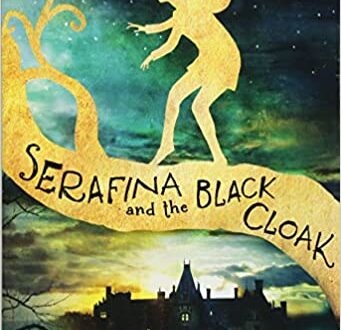

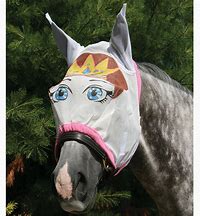
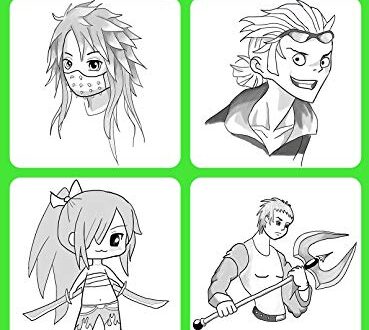
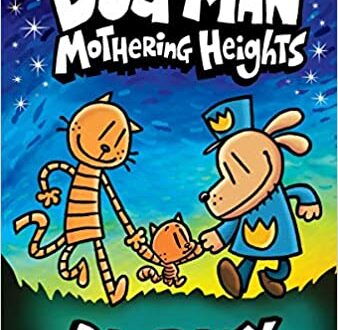

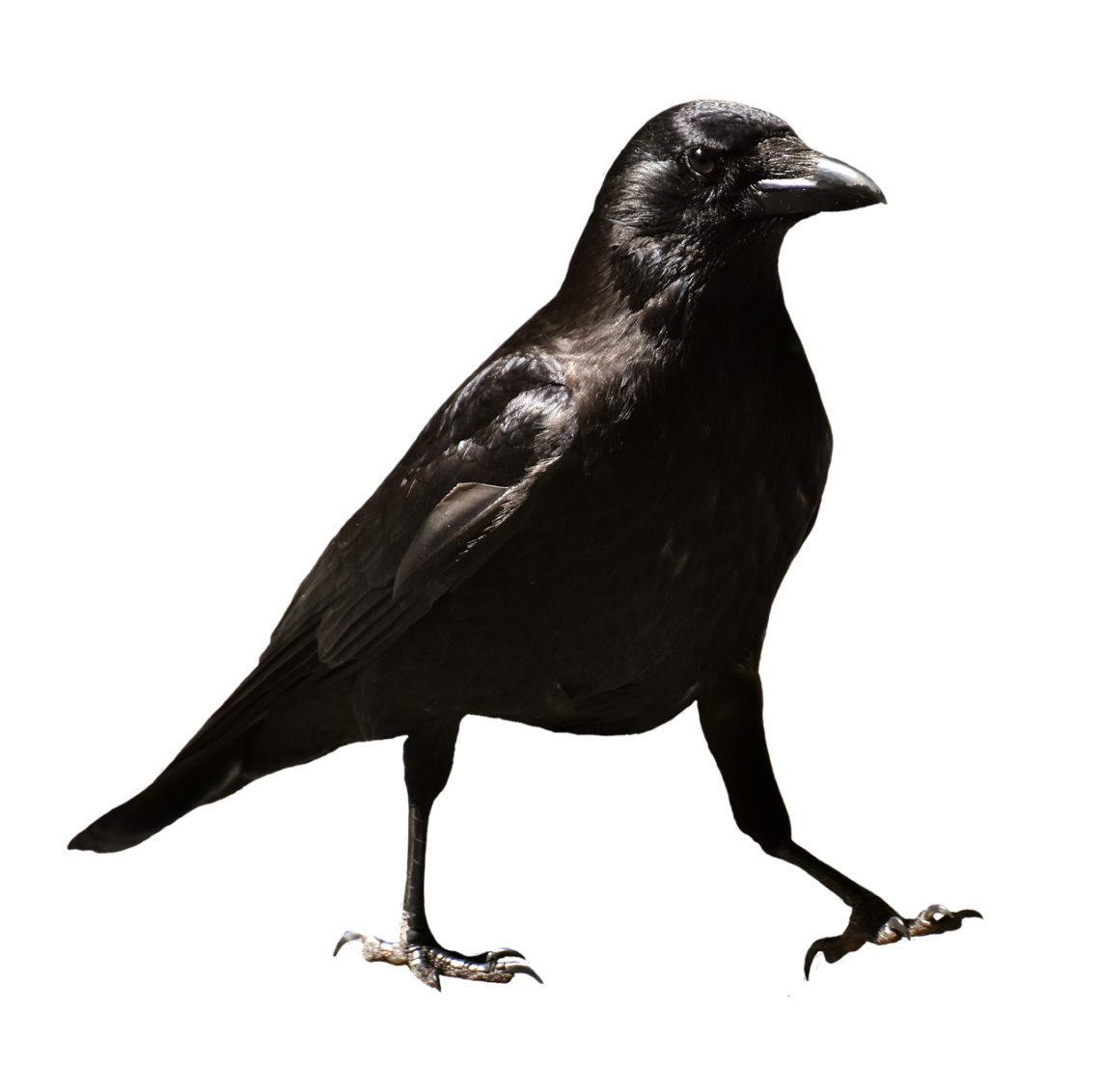
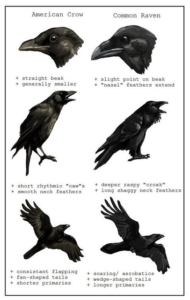
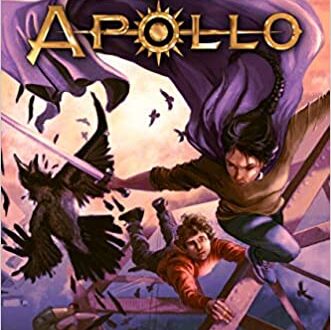
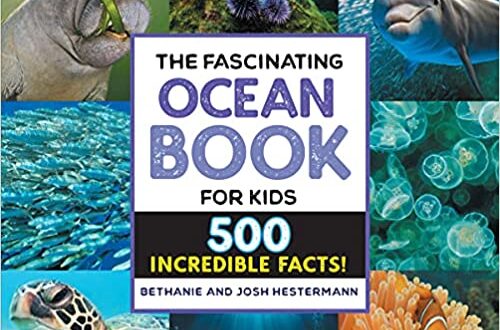
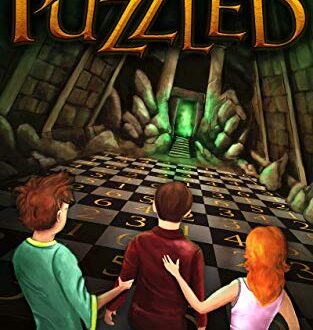
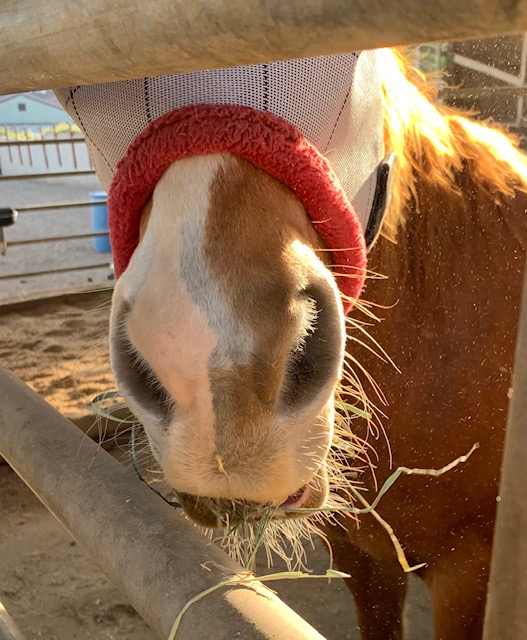
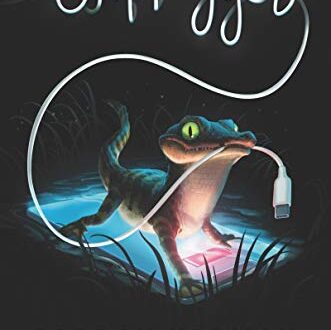
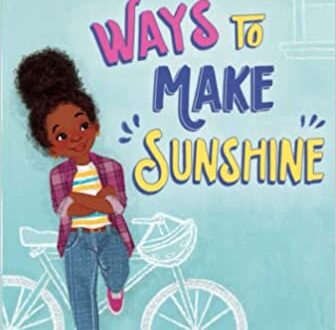
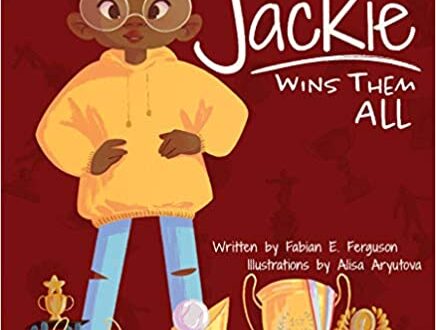
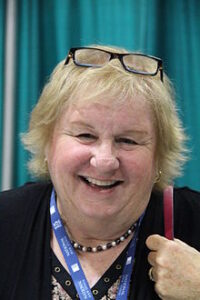
 Jody Feldman is another author you’ll want to check out if you’re not already familiar with her work. Jody wrote the puzzle series The Gollywhopper Games. But she’s got a more intriguing book you definitely want to check out called The 7th Level. The hero, Travis Raines, gets pulled into the super-secret society – The Legend. No one knows who is in it. Or how they pull off the spectacular school-wide events they are known for.
Jody Feldman is another author you’ll want to check out if you’re not already familiar with her work. Jody wrote the puzzle series The Gollywhopper Games. But she’s got a more intriguing book you definitely want to check out called The 7th Level. The hero, Travis Raines, gets pulled into the super-secret society – The Legend. No one knows who is in it. Or how they pull off the spectacular school-wide events they are known for. And the last author you’re going to meet today is Mac Barnett. Mac has a lot of books out for you to read if you like a lot of action with your adventure. One of his series is Mac B Kid Spy, starring Mac when he was a kid – and a spy. You have to read the books to see how that came to be.
And the last author you’re going to meet today is Mac Barnett. Mac has a lot of books out for you to read if you like a lot of action with your adventure. One of his series is Mac B Kid Spy, starring Mac when he was a kid – and a spy. You have to read the books to see how that came to be.